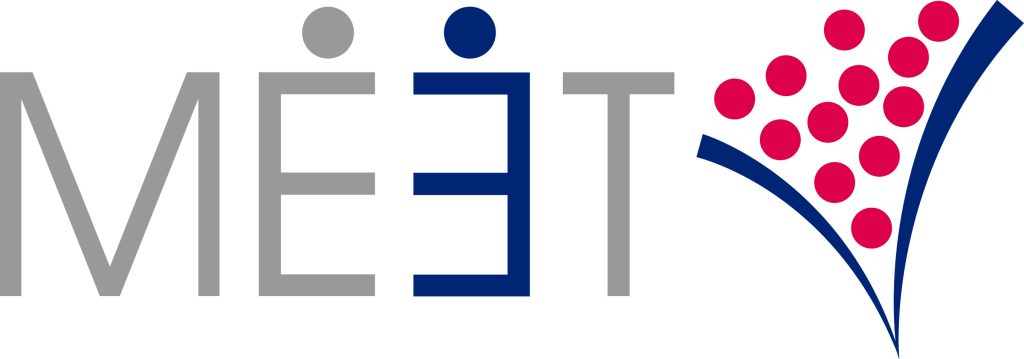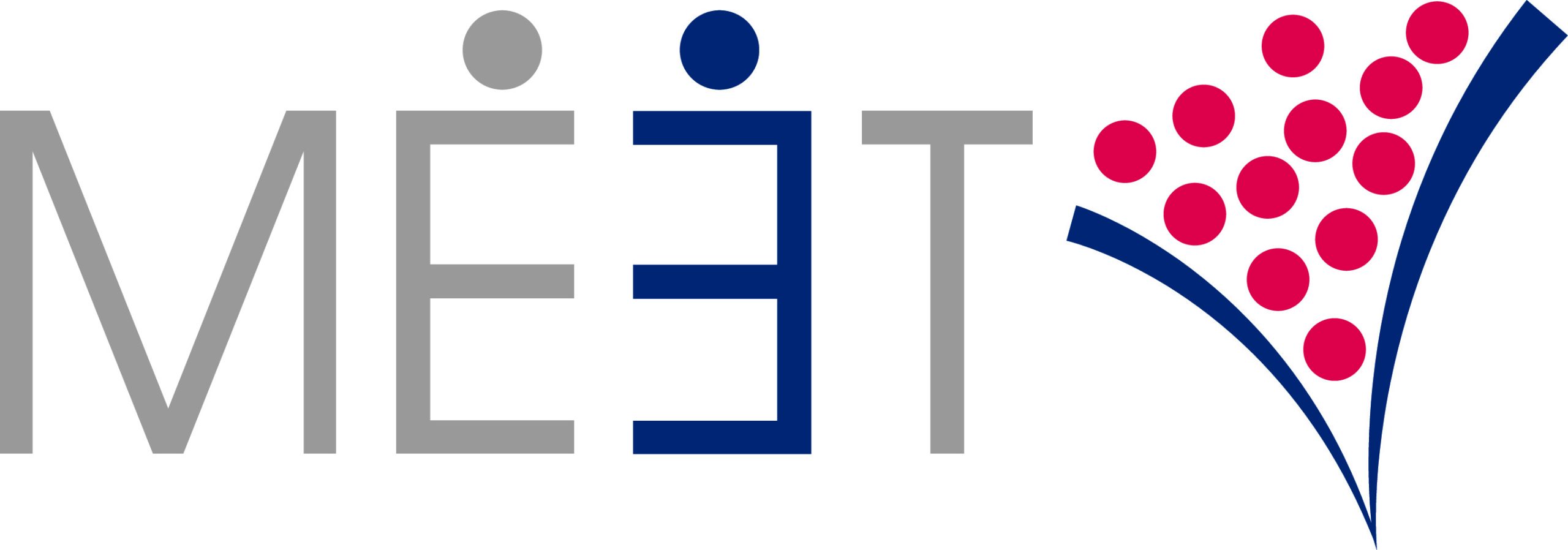U.S. market entry is a rite of passage for many international scaling firms—particularly those in advanced technology. An outcome of globalization and the rapid pace of technological advancement, entrepreneurs and manufacturing businesses of all sizes from around the world see extraordinary opportunity here.
Such trends have also fueled increased competition, in turn creating new (and exacerbating old) challenges for international firms vying for economic prosperity.
For insight into how these, and other U.S. market entry pioneers capitalize on new opportunities while navigating the challenges of the North American marketplace, we spoke with American manufacturing market-entry guru Lance Scott of Alliance Technologies.
![]() Lance founded Alliance Technologies with a mission to help international advanced manufacturing companies accelerate strategic growth in the American market through direct operational management and expert guidance.
Lance founded Alliance Technologies with a mission to help international advanced manufacturing companies accelerate strategic growth in the American market through direct operational management and expert guidance.
With 30 years of experience supporting international companies in their efforts to establish, enhance or accelerate growth in the Americas, we asked Lance about the challenges these firms face.
Misjudging the geography
Misjudging the geographic landscape, scale and scope of the U.S. market is the first challenge faced by international scaling firms.
Specifically, Lance described how many firms underestimate the size and diversity of the U.S. due to our shared language. Additionally, because certain geographic areas are renown for concentrations of particular industries, scaling firms tend to overlook other highly viable regions for doing business.
“Everyone knows that California has a tremendous market in Silicon Valley but in fact, out of all the R&D spending in the U.S., about two-thirds come from eleven states. While California is the largest, seven states in the Northeast account for $75 billion. That’s not insignificant.”
This is not meant to imply that the middle of the country is a barren wasteland. As Lance points out, there are a number of key markets with major players and influencers throughout the U.S. and all of North America.
Finding your first home in the U.S. market
In light of these challenges, we asked Lance about the primary variables he uses to help scaling firms make their first location decision.
For manufacturing firms, Lance emphasized the importance of region-specific industry knowledge. In other words, where are the key accounts and influencers located? Specifically, he works with clients to unpack cluster trends.
“The medical device industry is a great example. While the U.S. has clusters in Connecticut, Boston and throughout New England, Minnesota is a critical region for this industry that people might not think of at first.”
How much of a concern is the high cost of doing business in the U.S.?
Firms often cite the high cost of doing business in the U.S. as a major challenge to U.S. market entry. Lance doesn’t discount this challenge but encourages his clients to take a more nuanced perspective.
 “I try to help our manufacturing clients understand that over the past 20 or 30 years there’s been a massive shift of high-volume manufacturing to low-cost regions. It’s critical that high-volume manufacturers know that even though a lot of the decision-making happens in the U.S., high-volume production does not.”
“I try to help our manufacturing clients understand that over the past 20 or 30 years there’s been a massive shift of high-volume manufacturing to low-cost regions. It’s critical that high-volume manufacturers know that even though a lot of the decision-making happens in the U.S., high-volume production does not.”
That said, Lance discourages his manufacturing clients from basing their scaling decisions on where they can find the lowest upfront costs.
“I don’t want to discount the cost of doing business but I think it’s dangerous to choose your location simply based on where you can find the lowest entry costs such as building leases or salary rates. Sure, these might be lower somewhere else, but if you’re not close to your customers, there will be other, potentially higher startup costs like travel.
Lance recommends considering factors like time zone—ensuring there is some overlap with your target customers and the availability of a skilled workforce in weighing the U.S. market entry decision.
One U.S. market entry hurdle not to worry about
Ensuring a readily available, skilled labor pool is a critical factor for any scaling firm. From Lance’s perspective, this is one hurdle that U.S. market entrants need not worry about.
“I know people complain, but in helping advanced manufacturing companies scale in the U.S., I’ve always been able to find skilled workers or add additional training when needed. Finding a labor force that meets your needs is certainly possible just about anywhere in the U.S.”
For more expert advice on overcoming the challenges of U.S. market entry, check out our interview with Lance Scott titled: Navigating the Challenges of the American Market: The Impact of a Vast Geographic Territory.
To check out all MEET’s webinar content on how to successfully scale your company in the U.S. market, subscribe to our YouTube Channel.
About
MEET (meetroi.com) helps international B2B growth companies soft-land and scale in the U.S. through trade shows and in-person events. MEET’s processes help its clients ramp-up sales quickly and maintain a steady stream of high-quality prospects going forward. Contact Bill Kenney for a no-obligation conversation: bill@meetroi.com or +1 (860) 573-4821.

